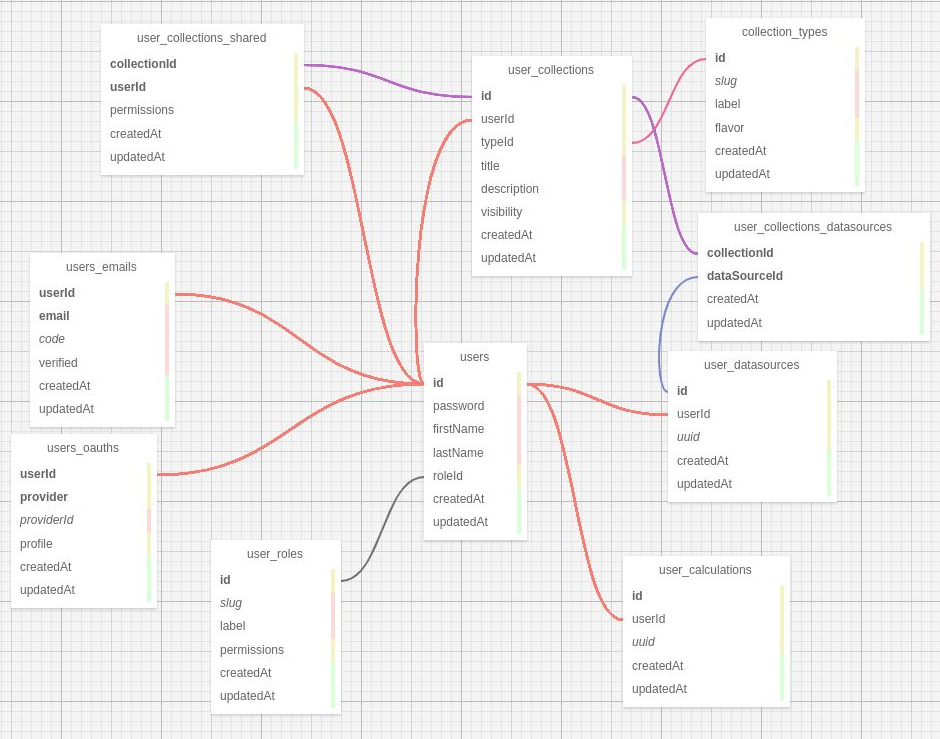Metis data management GUI: Backend for Frontend
Metis is an open scientific framework, materials data organizer, and collaborative online platform for the nanotechnology research. It was designed for the offline physical and online virtual autonomous laboratories dealing with the materials science. Metis is an AI-ready solution, aiming to bring the recent advances of computer science into a rather conservative area of new materials development and quality control. Metis currently focuses on the X-ray powder diffraction and atomistic simulations. Its development was started in 2021 in BASF (Ludwigshafen am Rhein, Germany) by Bernd Hinrichsen and Evgeny Blokhin.

This is the second part of the whole Metis infra: GUI ⇄ BFF ⇄ backend.
Whereas the scientific features of Metis are handled with its backend, this BFF provides user and access management, as well as the backend proxy. The scientific data are represented by the abstract datasource objects, managed by GUI users or scripted clients via the standard application programming interface (API).
Requirements
node -v >= 15npm -v >= 7- Postgres (any relatively new)
NB to upgrade node you may run npm install -g n && n lts and re-start the shell.
Installation
cp conf/env.ini.sample conf/env.ini
npm install
npm run db-migrate
npm run db-seedRunning
For development mode run the following command:
npm run devFor production mode run the following command:
npm run startConfigure the development and production settings in conf/env.ini file.
Technical details

The BFF database schema is presented above (see db/migrations script).
By design, BFF knows very little about the scientific data and is only responsible for the users and access management.
On top of the users, the main concepts mapped onto the database are:
datasources(static data sent to the backend)calculations(transitions of data into the other data)collections(groups of the data)
Proxying
Note, that the non-versioned routes without /v0 will be redirected as is to the backend.
API
The docs are generated with the apidoc:
npm run apidocand, optionally, swagger:
npm run apidoc-swaggerAlso, there is the Python API client metis-client (on PyPI) consuming all the public Metis API methods.
License
Copyright 2021-2023 BASF SE
BSD 3-Clause